Who doesn’t love the survival show Alone? Contestants are thrown out into the middle of nowhere with nothing more than a bare-bones list of gear.
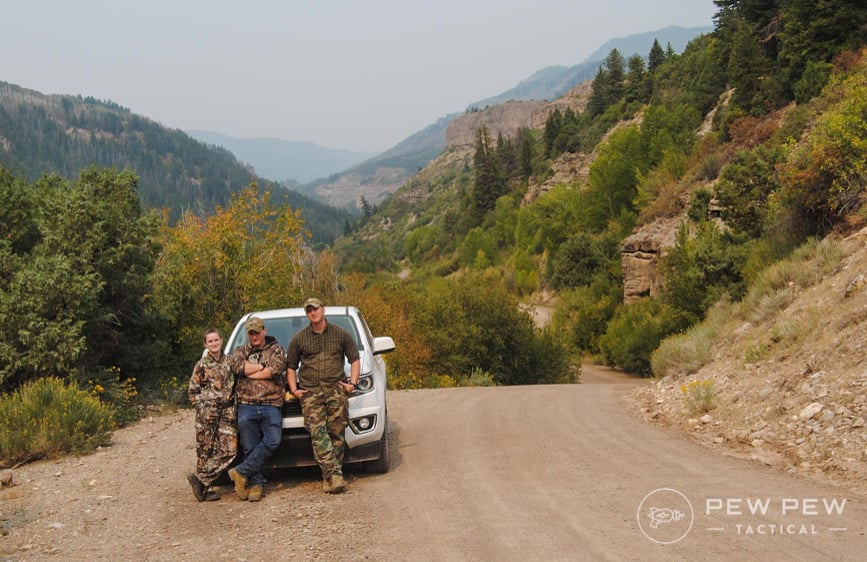
But what if you were thrown into a similar situation — albeit against your will?
What are the top 10 survival essentials that you would want to have with you if you found yourself lost with the gear that you have on your back?
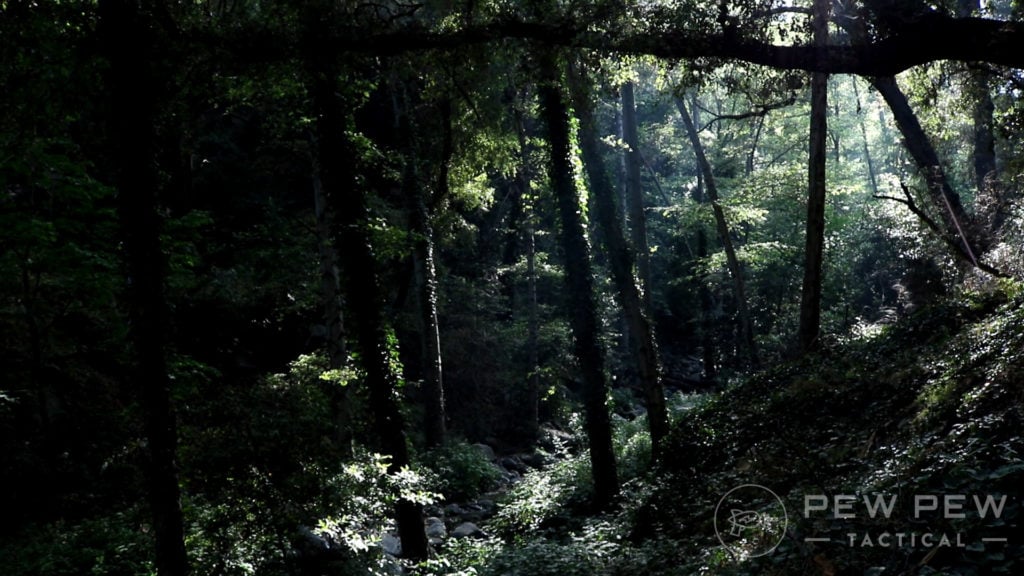
If you ask me, I think the following pieces of equipment are the top 10 survival essentials that you could ever want.
Take a look and see if you agree…
Survival Gear You Need to Stay Alive
1. Poncho
If you get wet, you’ll get cold. And if you get cold, you increase your risk of hypothermia. In a survival situation, you want to avoid getting wet and cold as much as possible.
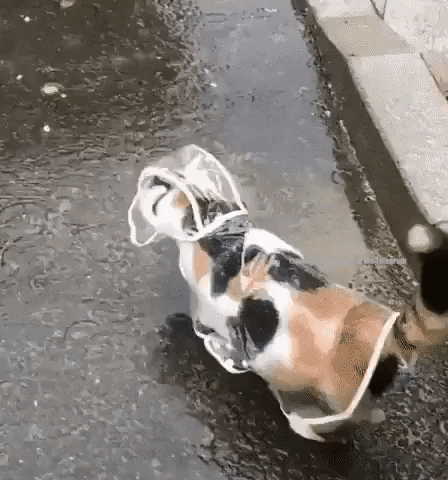
A poncho not only keeps you dry, but it keeps your gear dry as well.
They easily drape over your backpack while you’re wearing them, helping to ensure that the contents of your backpack are protected from the rain with you.
-
25% off all OAKLEY products - OAKLEY25
Copied! Visit Merchant
These can often be rigged up to double as a tarp shelter to boot, giving you an extra use here, but I prefer a designated tarp.
Tactical Wisdom’s Joe Dolio outlines a number of ways to rig up your poncho setup in his Baseline Training Manual that you may want to check out.
2. Fixed-Blade Knife
A good survival knife is the most useful tool you’ll have out in the woods.
Cutting paracord, skinning game, fileting fish, self-defense, opening stubborn MREs — these are just some of the many benefits you can get out of having a knife on your person.
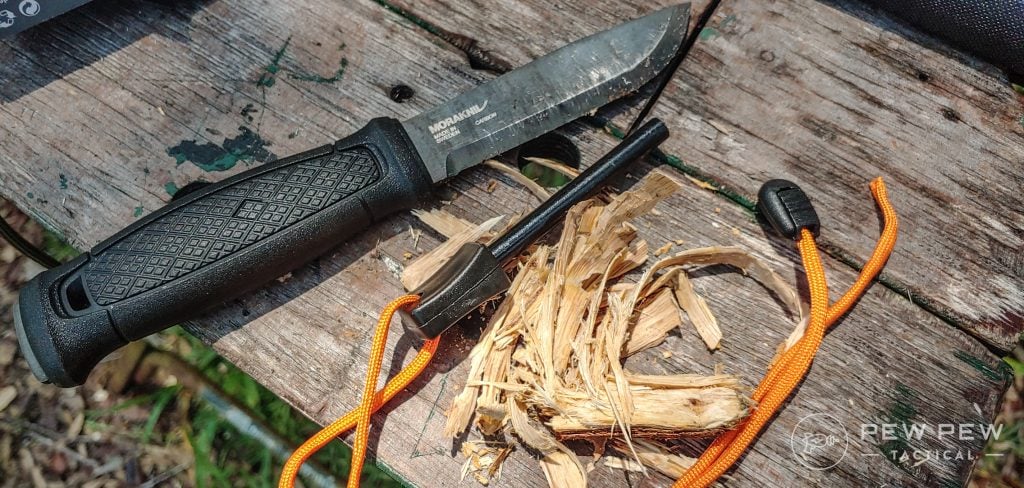
I like Cold Steel the best, but Gerber and Mora make some great inexpensive knives as well.
I like fixed blade knives with a full tang the best, as they’re the strongest. The tang is the part of the blade that goes into the handle.
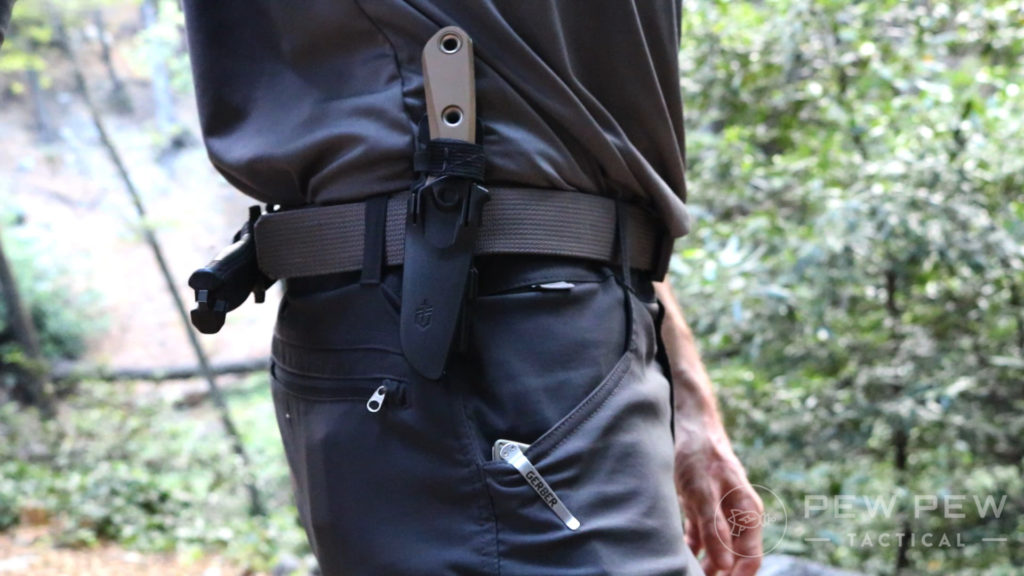
A lot of knives out there have a tang that whittles down into a little metal stick that’s covered by the handle. A full tang blade means that the tang is the same width as the handle. You end up with a stronger knife as a result.
-
25% off all OAKLEY products - OAKLEY25
Copied! Visit Merchant
Since you don’t want to be relying on a broken blade while you’re out in a survival situation, you want a full tang blade. The reason I say fixed-blade is, once more, because you end up with a stronger blade.
There are fewer moving parts, pretty much zero risk that dirt will gum up your knife, and I’ve had numerous folding knives that have broken. You can avoid all of that by choosing a fixed-blade knife.
Prices accurate at time of writing
Prices accurate at time of writing
-
25% off all OAKLEY products - OAKLEY25
Copied! Visit Merchant
3. Tarp
You need some form of shelter, and a tarp is one of the best ways that you can make that.
A tarp and hammock pair together like fine wine and stinky cheese. This will get you and your stuff out of the wind and the rain – a necessity if you want to stay alive out in the elements.
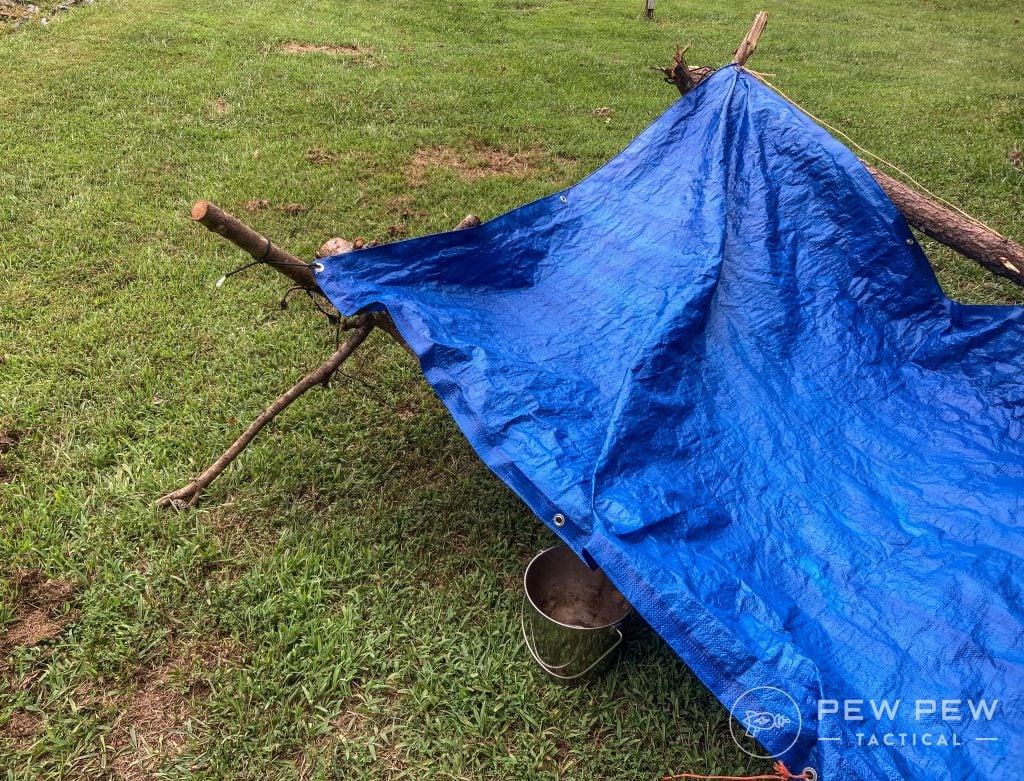
I recommend getting the largest one that you will reliably carry. I’ve hammock camped before with a tarp that was too small, and had it rained, I would’ve had some wet feet.
In contrast, there are some behemoth tarps available out there that will never fit into your pack.
Sure, it may be cool to have one tarp that covers your entire extended family and a hay bale…but if it’s under your bed when you’re out in the woods because it was too big for you to carry with you, it does you no good.
-
25% off all OAKLEY products - OAKLEY25
Copied! Visit Merchant
4. Hammock
World War II hero Cresson Kearny wrote an entire chapter about hammocks in his Jungle Snafus…And Remedies. He considered it an essential piece of gear, and I agree wholeheartedly.
I would much rather sleep in a hammock than in a tent.
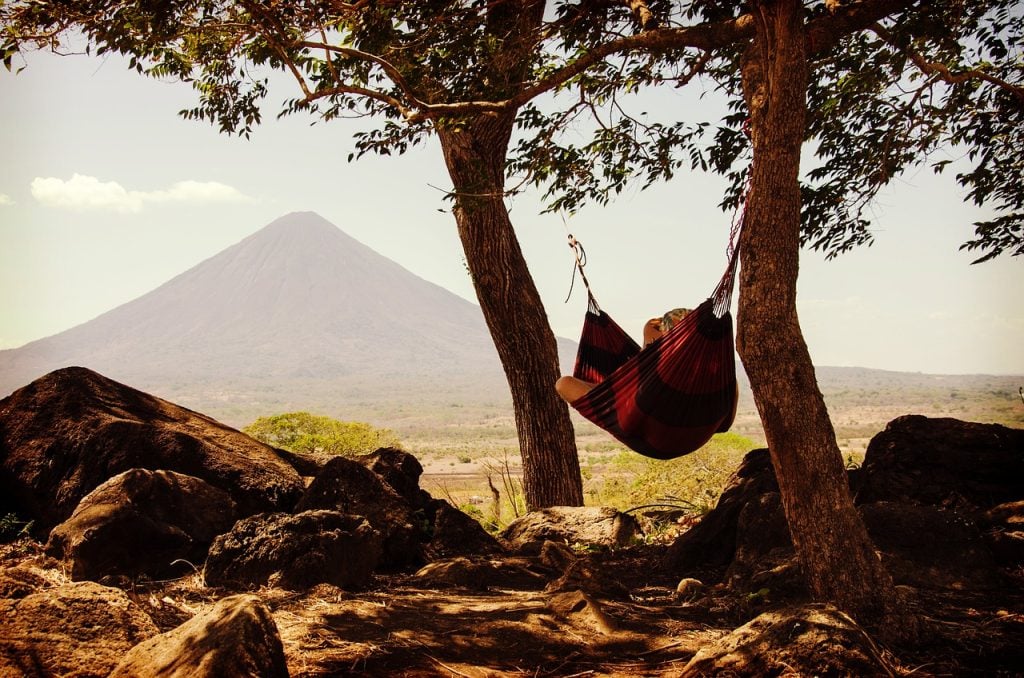
I’ve spent several nights out in those single-person bivvy tents before.
Though they’re lightweight and pack down to no size at all, I’ve found them to make you feel like you’re sleeping inside of a PVC pipe. There’s a minimal amount of room.
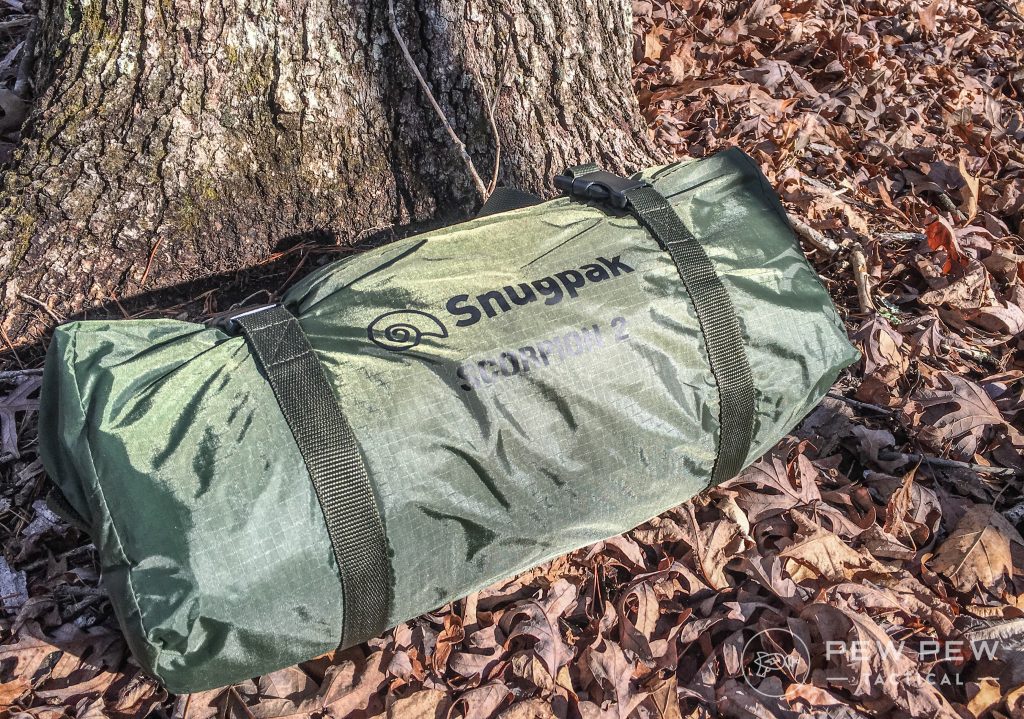
Meanwhile, larger tents are unlikely to be there when you need them, and I’ve yet to wake up from backpacking after sleeping in a tent and felt like I slept great.
In contrast, sleeping in a hammock is wonderful. You stay off the heat-sucking ground, get away from the bugs, don’t have to worry about finding a level spot, and can truly set up just about anywhere.
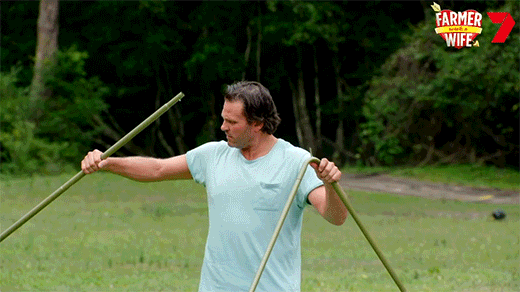
You need a hammock in your bag. They pack down so small that there’s really no reason not to have one with you either.
-
25% off all OAKLEY products - OAKLEY25
Copied! Visit Merchant
5. Sleeping Bag
Even in the summer months, in the mountains, attempting to sleep without a sleeping bag is a recipe for hypothermia.
Sure, you could layer pine needles and leaves all over you as an ad hoc blanket, but you’ll sleep much better (and with fewer ticks) if you just have a sleeping bag.
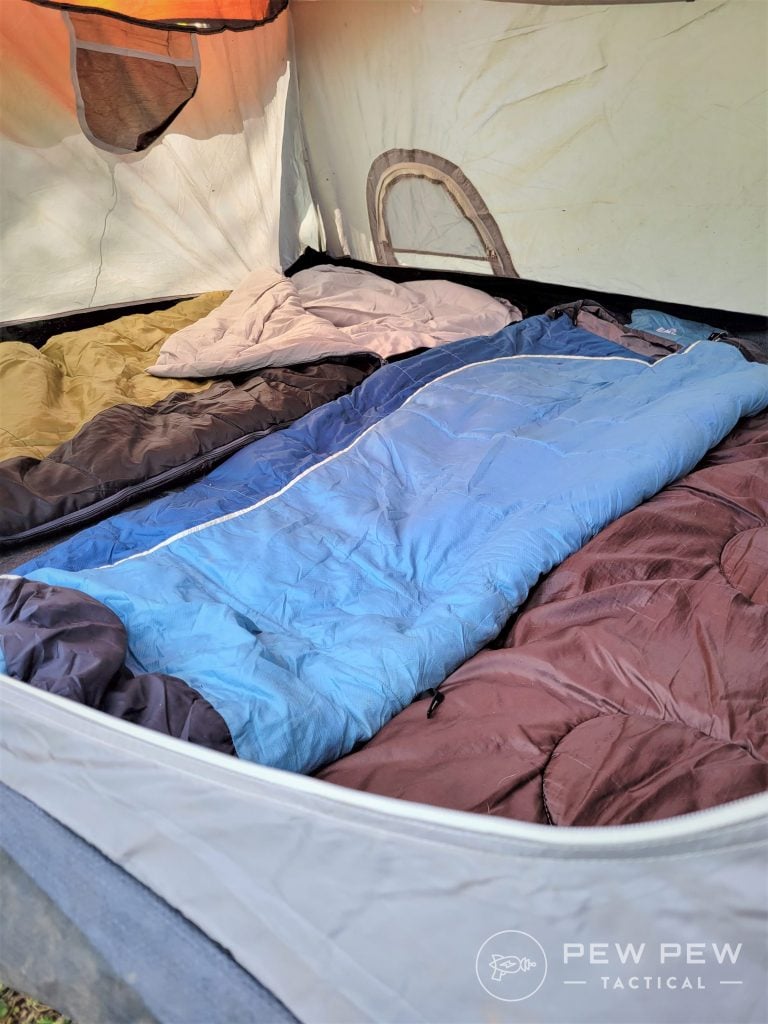
I like sleeping bags that pack down into as small of a size as possible as well. Otherwise, you won’t have what you need near you unless you were already on a big backpacking expedition.
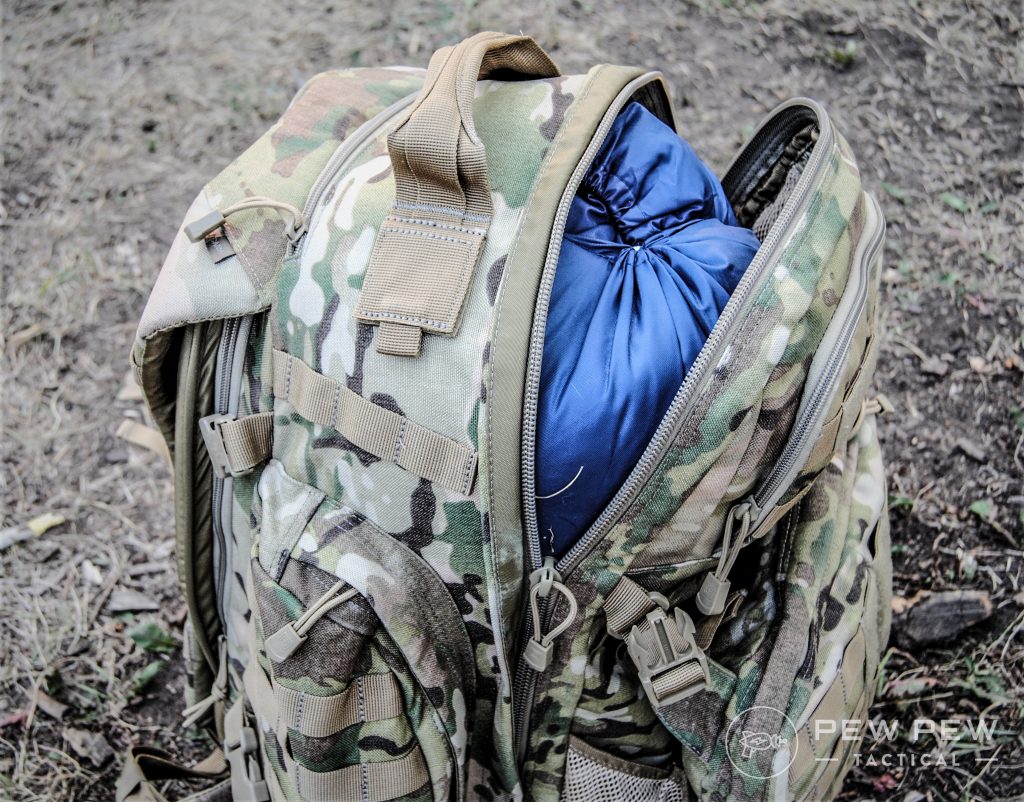
You can pick up a fairly cheap one that will be rated down to about 30 degrees American just about anywhere, but if you’re looking for a bug-out bag-friendly model, you’re going to want something like the Snugpack Jungle Bag.
-
25% off all OAKLEY products - OAKLEY25
Copied! Visit Merchant
The other stuff works fine as well, it’s just often too bulky to keep close at hand.
I’ve only slept wrapped up in a mylar blanket in the woods once before (it was really cold), but I can attest to the fact that they work.
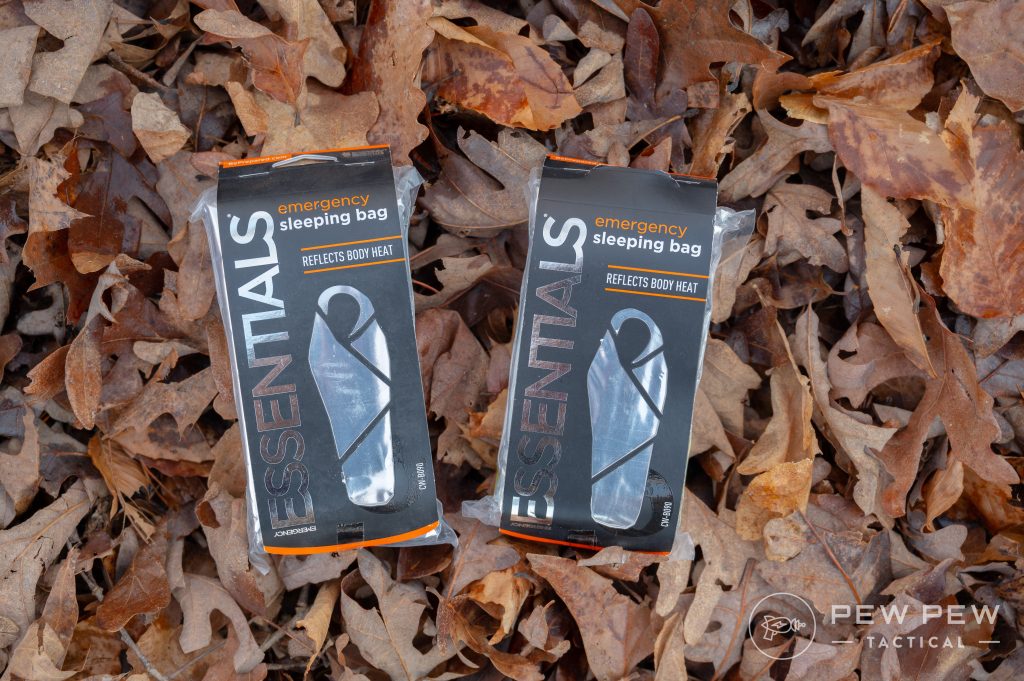
While I wouldn’t want to have to rely on one exclusively, they’re still a much better option than nothing if that’s all you have the space to carry.
If you’re looking for a mylar blanket/sleeping bag crossover that is truly tiny, you may want to check out the Tact Bivvy.
-
25% off all OAKLEY products - OAKLEY25
Copied! Visit Merchant
6. Fire Striker
I think Bic lighters work great, but once they run out of fuel, you’d be screwed. A fire striker is a better means of insurance here.
When it comes to a fire striker, I’m a fan of Uberleben. They make top-notch gear that you can get a good grip on, emits a shower of sparks, and is about as convenient to carry as possible.
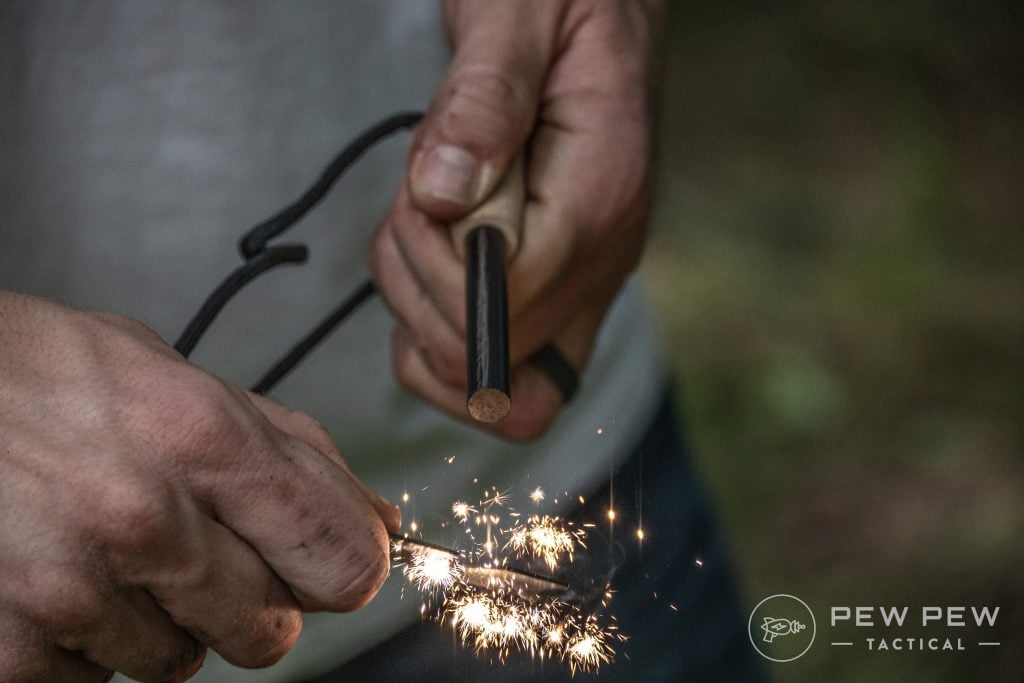
The finer you can get your tinder pile, the easier you’ll be able to catch the sparks here as well.
My method is to build a little pile of fluffy shavings and then try to scrape as much sawdust onto it as possible with a dry stick and my knife. I like keeping pine needles nearby as well for when the fire starts to build up.
Prices accurate at time of writing
Prices accurate at time of writing
-
25% off all OAKLEY products - OAKLEY25
Copied! Visit Merchant
7. Canteen
You have to have ready access to water if you have hopes of making it through a survival situation. You’re not going to Robinson Crusoe a mug out of a stick you found laying on the ground, either. Be realistic.
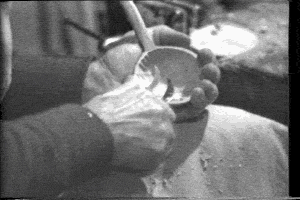
It’s for this reason that I think a metal canteen is the perfect solution here.
You avoid the headaches that accompany dehydration and can boil your water while it’s in the canteen to boot, giving you a layer of insurance to your water purification options.
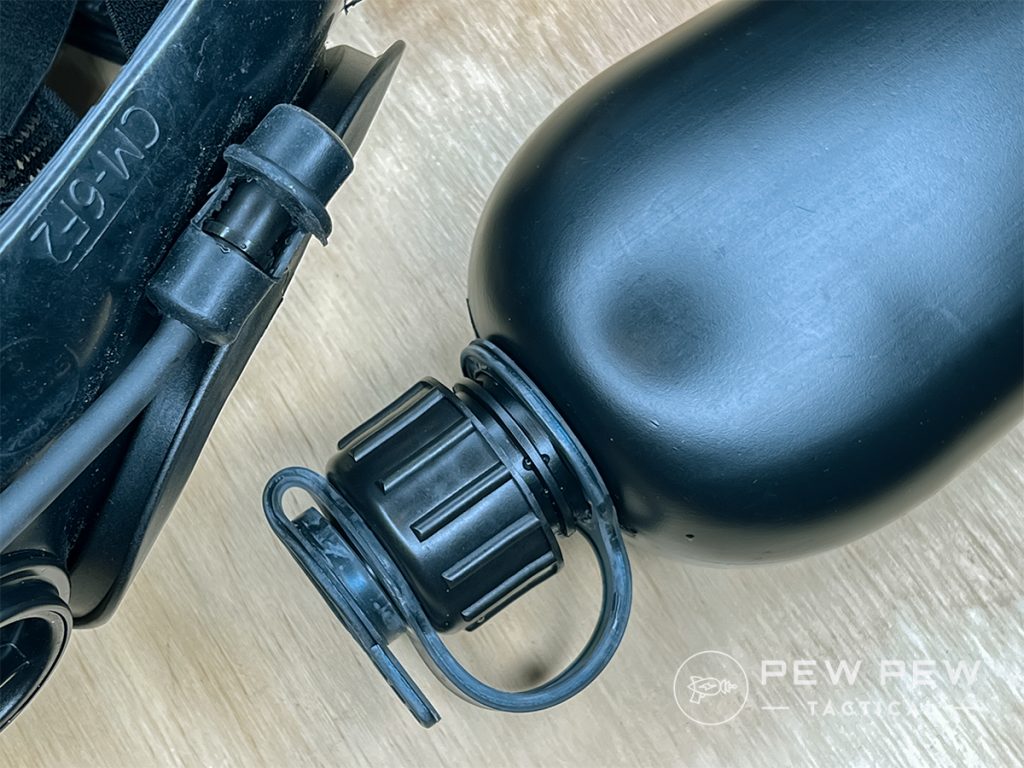
If a Camelbak is all you have to carry water, that’s fine — I’ve used them backpacking for years — but if I had the choice between one type of container for a survival situation, it would be a metal canteen every time.
-
25% off all OAKLEY products - OAKLEY25
Copied! Visit Merchant
8. Paracord
You have to have paracord if you’re going to set up a tarp shelter.
I normally just throw 25-50 feet in my bag when I go out, cutting it up into the sections I need while I’m out in the woods. I’ve technically gotten by with less than 25 feet before, but it forced me to get creative with my shoelaces.
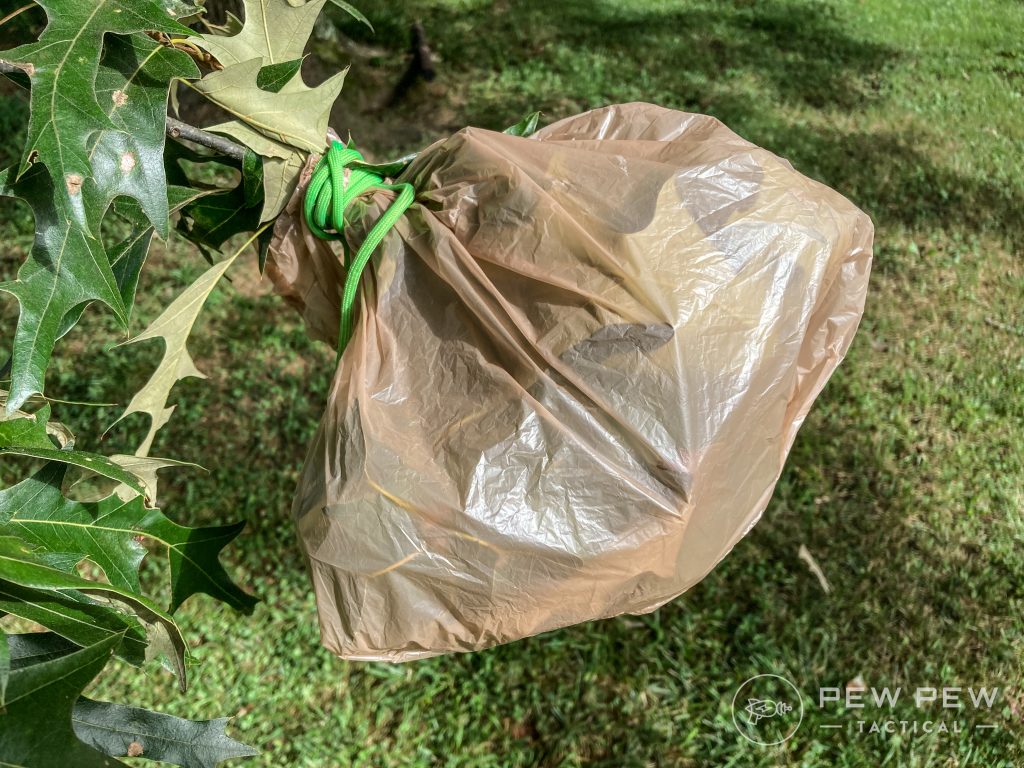
Any food on my person always goes up in a tree before I go to bed at night in the woods as well. I consider a bear bag to be essential in a survival situation.
The bears, raccoons, and mice will steal it otherwise (ask me how I know). You can try to fight ‘em off, but it may not end well.
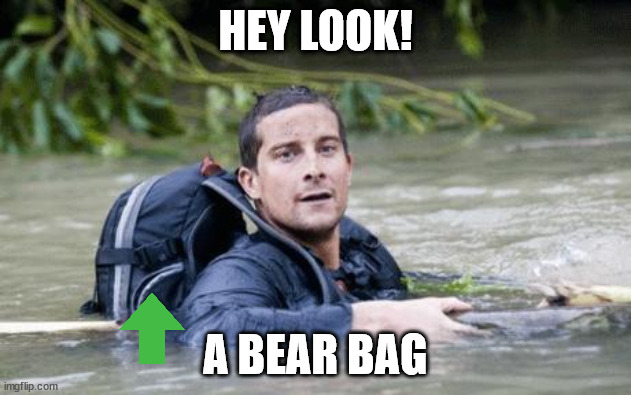
One method I am thinking about starting to incorporate more in the future is to already have the paracord pre-cut to 6-foot lengths and then tied together.
-
25% off all OAKLEY products - OAKLEY25
Copied! Visit Merchant
9. Fishing Kit
You know those little Altoid tins that people pack full of fishing hooks, bobbers, sinkers, line, and the works? I’d want one of those.
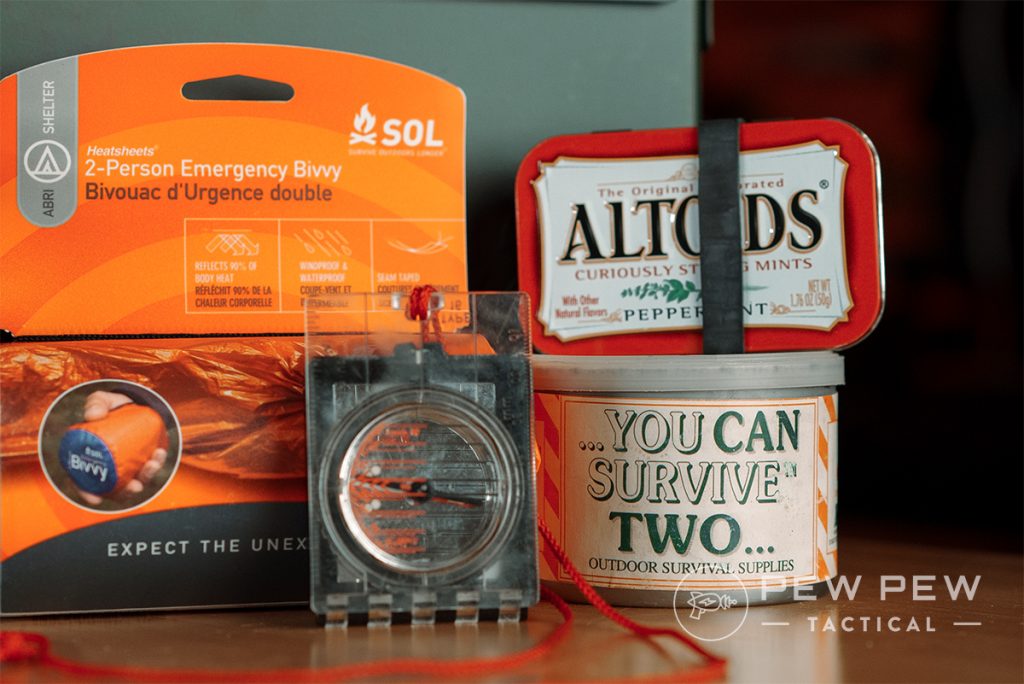
There are streams aplenty where I live, and though I can catch crawdads with my fingers no problem (and they can catch my fingers no problem, as well), I haven’t gotten to the point where I can catch a fish with my bare hands.
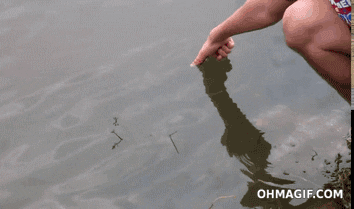
I don’t know about you, but I like food. In a survival situation, I would want to keep as much on my plate as possible. I’m not terrible with foraging, but not great either. I can filet a fish, though.
Fish are a great source of fat and protein, both of which are hard to come by from foraging. They fill your belly and:
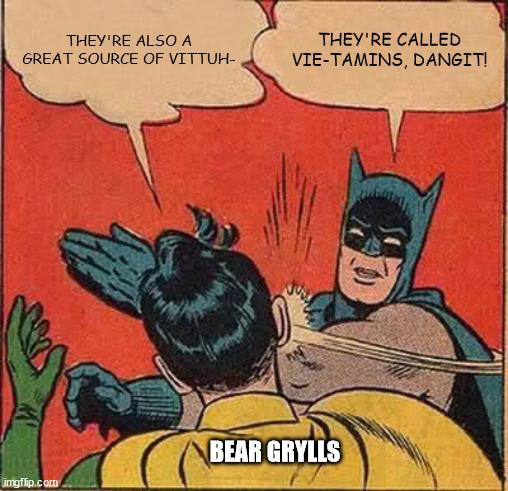
Yeah, they have vitamins and minerals as well. The main thing, though, is that they’ll fill your stomach and make it so you can think of something other than food for a while.
10. Sawyer Mini
When I backpack, I always carry a layer of insurance with my ability to get clean water.
I can typically be found with a SteriPen (it kills viruses, something most water filters can’t keep out of your water) and a couple of water purification tablets.
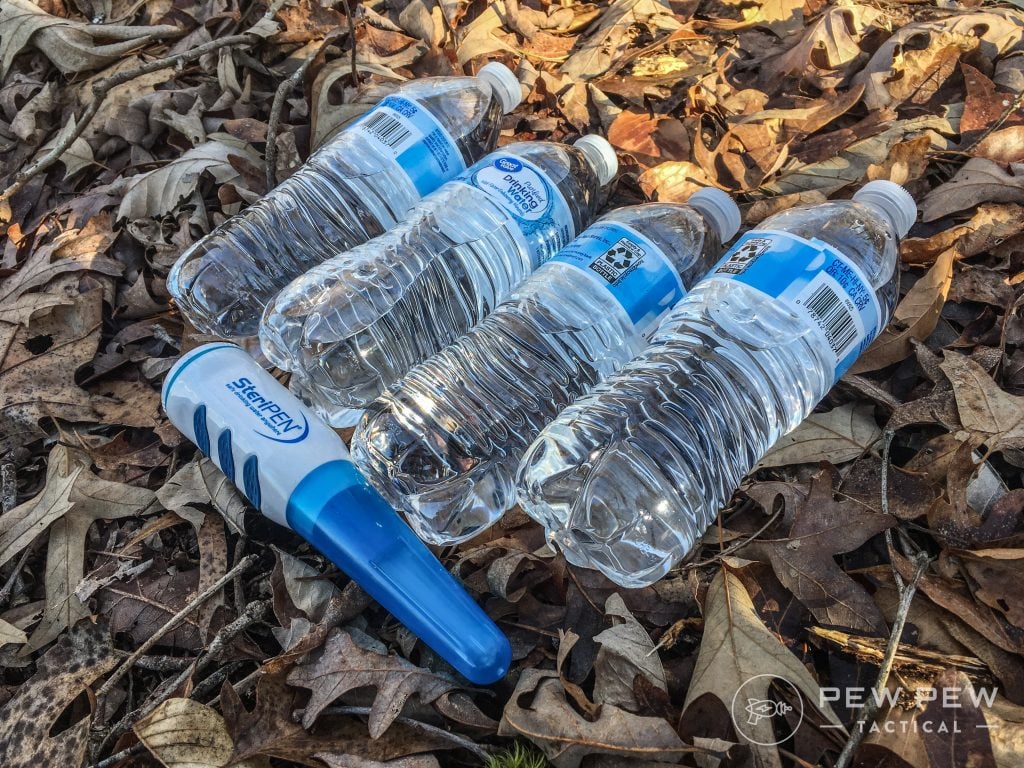
I have off-grid means of keeping my SteriPen up and running (it uses AAs), but in a survival situation, I would want something without electronics keeping me alive.
I think a Sawyer Mini is the way to go here. It’s small, easy to carry, and will keep on working, provided you don’t freeze it while it’s full of water.
No, the Sawyer Mini won’t remove viruses, but as long as you’re drinking out of relatively clean flowing water (mountain streams and such), that shouldn’t be something you’ll have to worry about.
-
25% off all OAKLEY products - OAKLEY25
Copied! Visit Merchant
Final Thoughts
While there are certainly other pieces of gear you could use to survive, these are what we think fit the bill for most everyone.
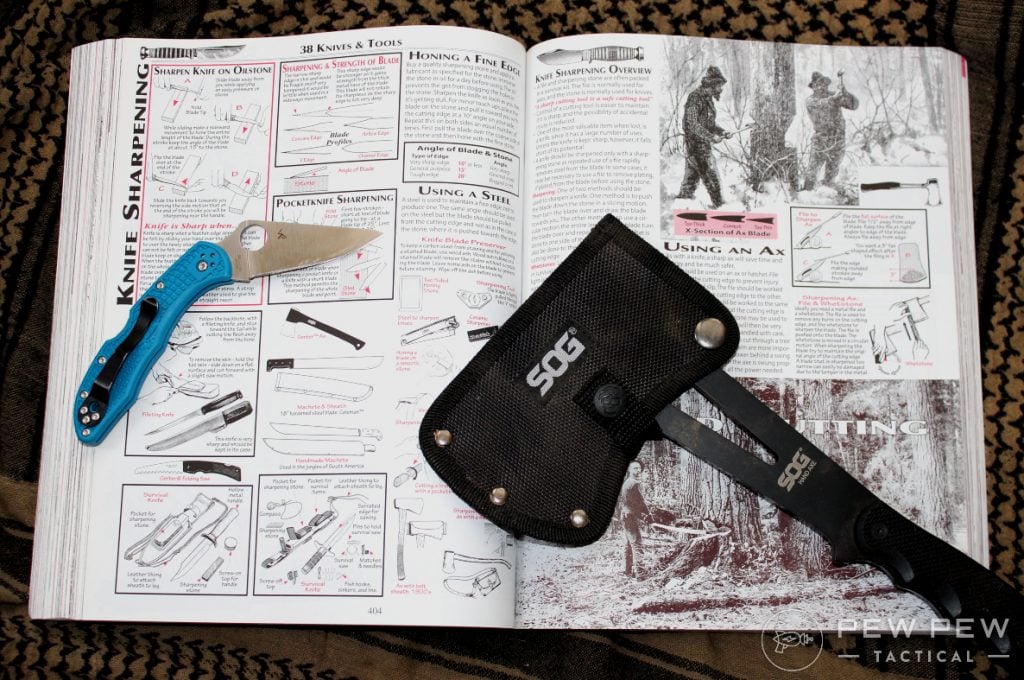
Do you agree with our list? Let us know in the comments below. Interested in more survival content? We have a lot more articles to check out in our Survival Category.

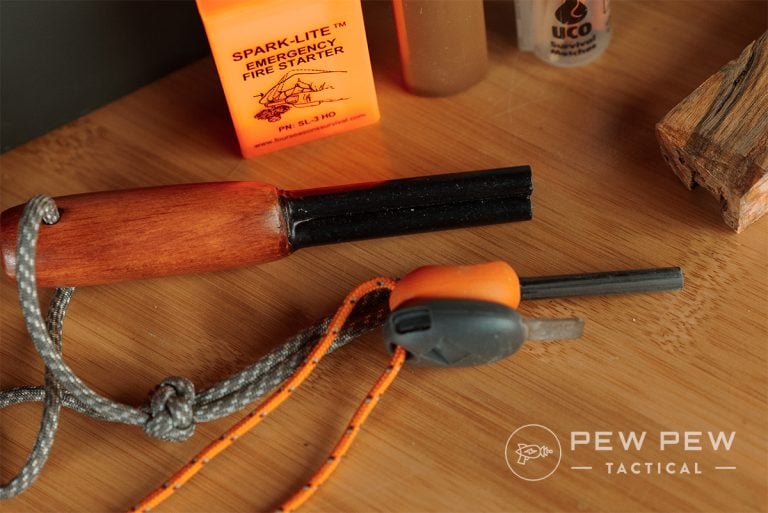
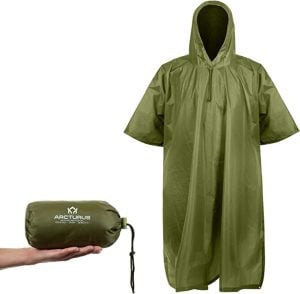








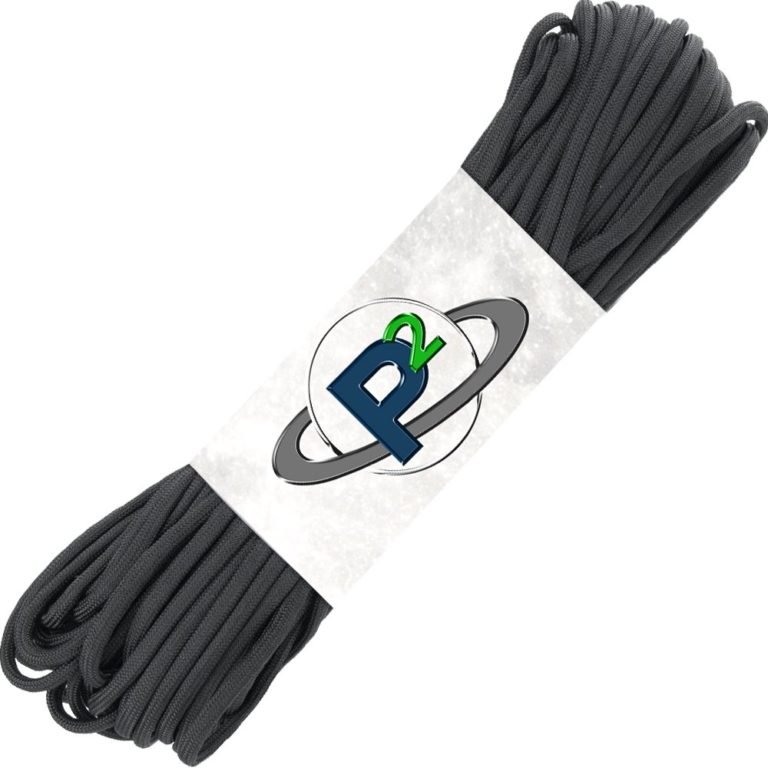








3 Leave a Reply
That was a great list. As a old soldier and boy scout everything you listed I found out the hard way. Doing trips once a month for years.
It's funny how everyone pushes gear. I was taught the better trained you are the less gear you need.
I totally believe that but their are a few things you should never be without. This lists them well.
The only thing I would recommend is a saw blade. You can make a bow saw if need be. It weights next to nothing is easy to pack. It makes life easy if something bad happens.
A knife and a saw should always be with you. With those you can make anything you need. Within reason.
Well, 4 similar items, like tarp or tent or sleeping bag or hamock? Choose one, you cant use all 4 together. On the other hand, no cup to drink water from or collect water or clean and cook in it( esential - tin cup at least).
Yes and no. I will start with a good jacket and good socks,I will sacrifice the tarp for this two.